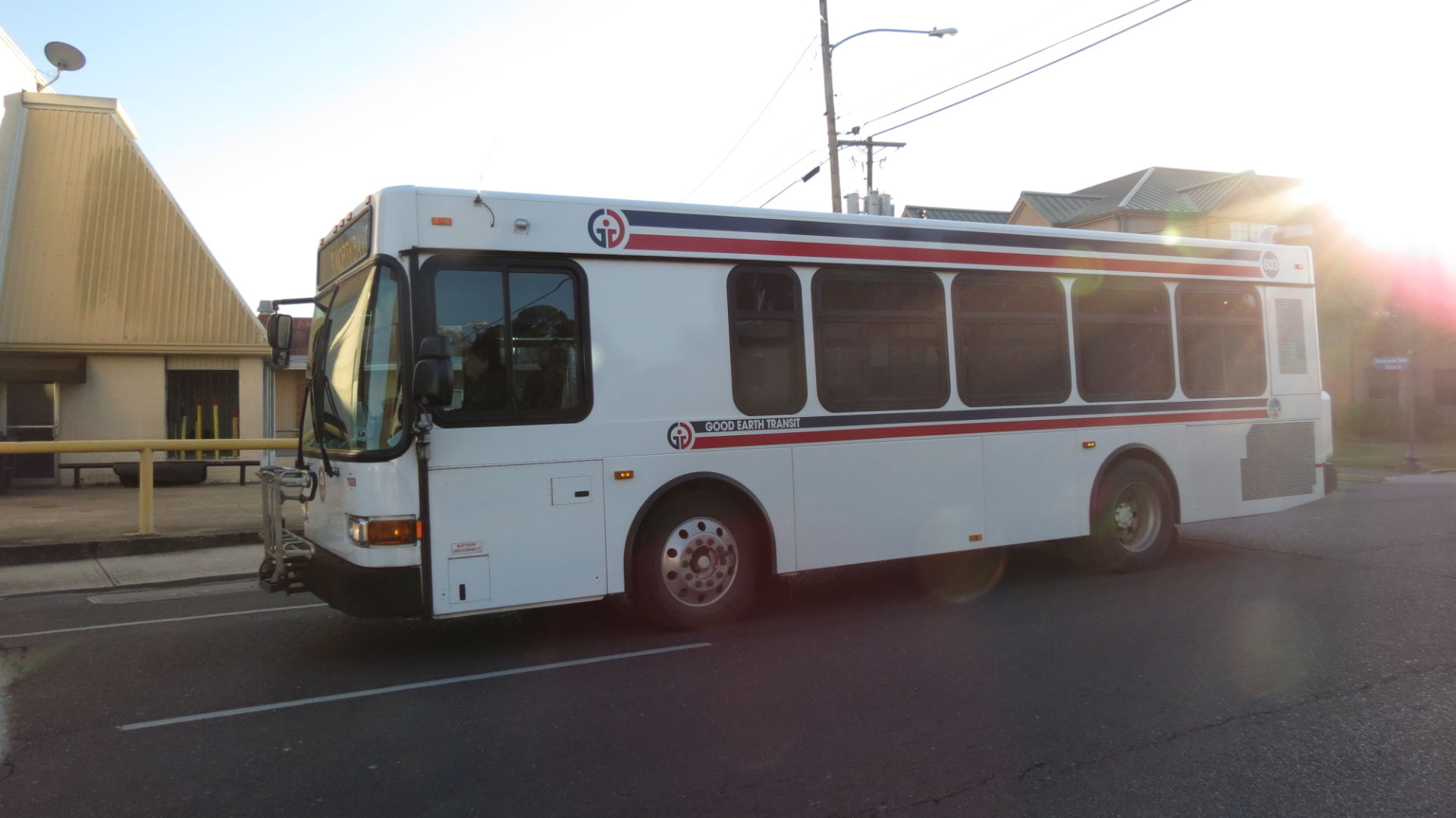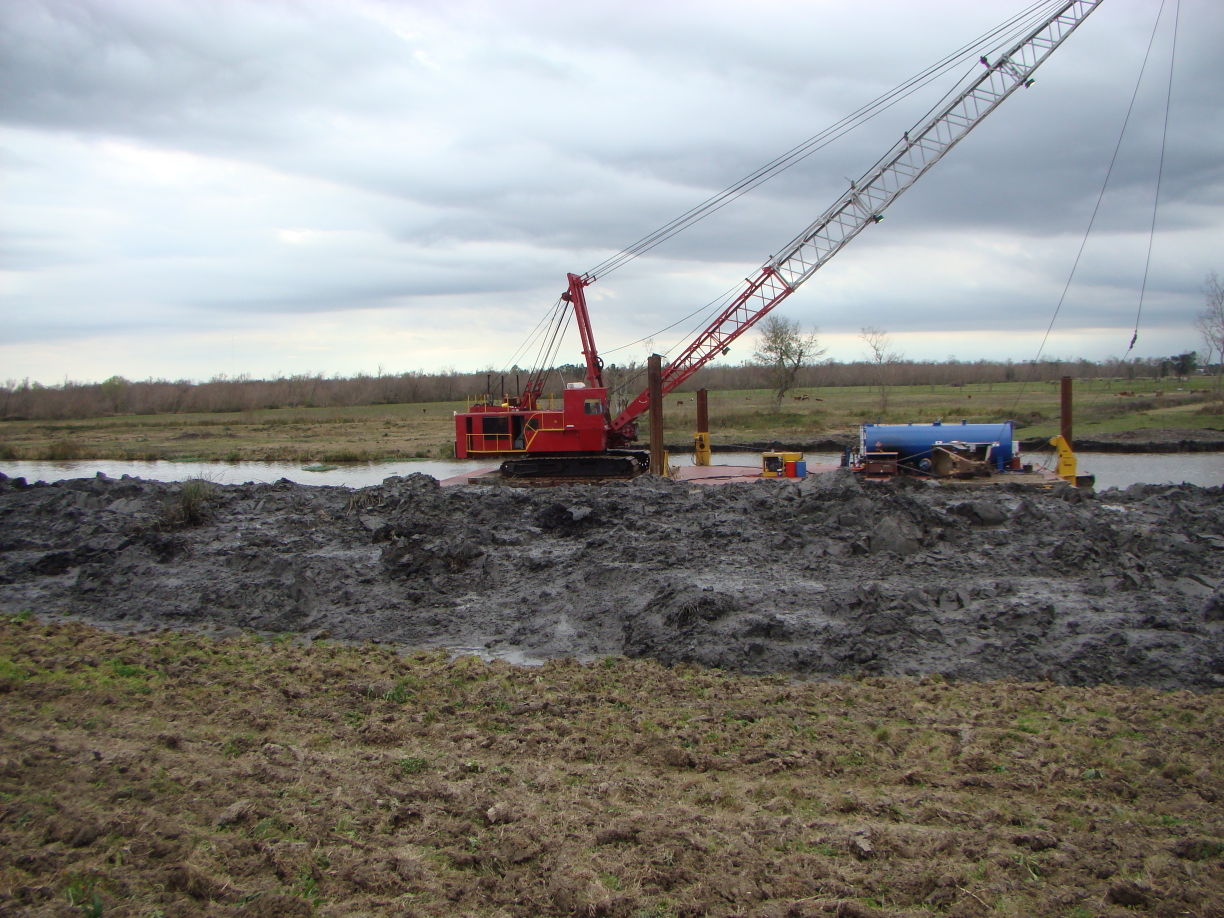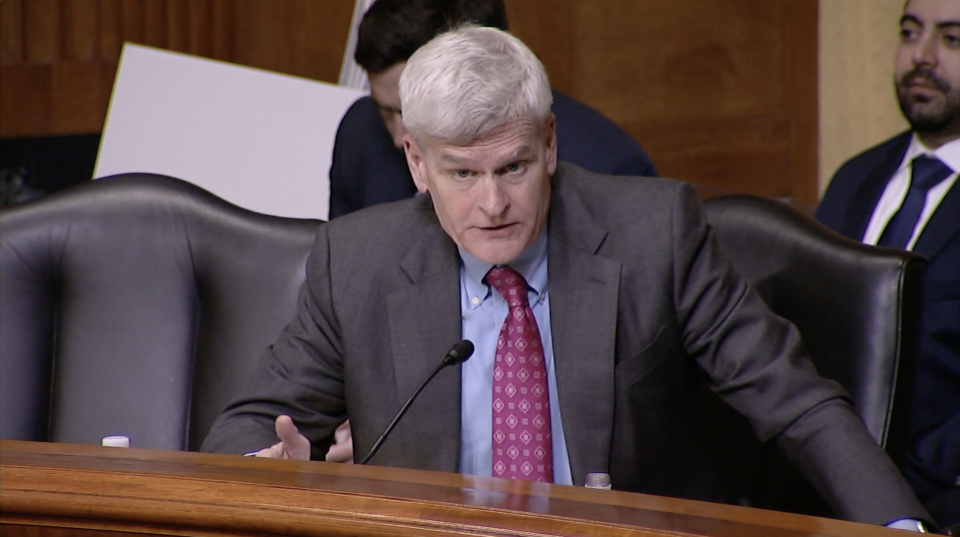
Laf. studying public transit
November 18, 2014Lafourche offers low-income emergency assistance
November 18, 2014Many local governmental and flood protection entities have expressed their opposition to a proposed federal rule change, which they claim would make processes of constructing levees and improving drainage more time consuming and expensive.
Earlier this year, The Environmental Protection Agency and the U.S. Army Corps of Engineers jointly released a proposition, which would change the definition of “Waters of the U.S.” under the Clean Water Act.
The Clean Water Act regulates the discharge of pollutants into the “Waters of the U.S.” and the quality standards of surface waters.
Currently defined “Waters of the U.S.” are anything that are thought of as being “navigable waters” and any waters “significantly connected” to navigable waters. Because of the vagueness of this rule which led U.S. Supreme Court members to submit multiple opinions in which none were in agreement on what was and wasn’t jurisdictional, the EPA and the Corps aimed to end the confusion.
The proposed rule change would enlarge the scope – according to the opinion of many – and clearly define jurisdiction of small water bodies including bayous and wetlands as “Waters of the U.S.” The proposal does not include roadside drainage ditches, a common misconception of the proposal, according to Deputy Assistant Administrator for the Office of EPA Ken Kopocis.
“Nobody’s questioning whether the Mississippi or the Atchafalaya River would be protected by the Clean Water Act, but some of the small bayous and wetlands, there was a lot of confusion,” Kopocis said. “We know that science shows that it’s these smaller water bodies that feed larger water bodies and that we need to make sure that they are protected by the Clean Water Act from pollution or destruction.”
Even though the change would provide additional protection for southeast Louisiana, many local lawmakers and levee builders have been outspoken in their opposition of the proposal. They worry that more clearly defined federal waters means more hoops to jump through when it comes to building flood protection and drainage structures. If a structure is to be built in a federal jurisdiction, federal permits are required – adding to the already lengthy and frustrating process that is applying for the necessary permits. The longer projects are delayed, the more they cost by way of both labor and project cost, because with an ever-eroding cost a necessary project today will not entail the same specifics as one a year from now. Worse, projects may get delayed so long they may not be beneficial by completion and need to be abandoned.
“Right now the permit system that we have to go through for the Clean Water Act is already extremely long and extremely expensive because of the time it takes to get a permit,” Coastal Protection Restoration Authority board member and South Lafourche Levee District executive director Windell Curole explained. “If this thing goes through there will be many more permits which will be necessary which means the time it takes to get a permit almost surely will increase as an extra burden for people.”
Kopocis, however, told The Times in a phone interview, “It is very hard to say definitely yes or no” that more permits will be needed in some areas due to the rule change.
“A typical local government entity that is operating today, maintaining its system of storm water conveyances or other water features that may be in the area that this rule will probably have very little effect,” Kopocis said speaking generally. “I think there is a feeling on the part of many local communities that the scope of our proposal is broader than we think that it is.”
Before the public comment period for the proposal ended last Friday, the CPRA passed a resolution opposing the proposal last Wednesday, as did both the Terrebonne and Lafourche parish councils in the months prior.
“This would undoubtedly be a problem for us both a financial and timeliness standpoint,” Lafourche Parish President Charlotte Randolph said in a release. “We have many improvement projects on the books, and what we don’t want to see is more federal intervention that could potentially put a halt or slow down the work on any of these important levee and drainage projects.”
Although officials admit water quality is very important, they don’t believe the benefit received will be worth the headache caused.
“We always need to look at improving the water quality in the United States, but when it gets to the point that the permitting you have to go through is more detrimental to the population than the affect of trying to get the clean water you have to look at it very hard,” Curole said. “When the Clean Water Act started [in 1972], you had rivers that caught on fire. You had some pretty terrible things. Some pretty terrible fish kills. but right now the water is not perfect, but it is a far cry from where it was in the ‘70s. Not to say there aren’t any problems, but to add to this permit burden more is going to cost more pain than progress as far as water quality.”
Curole added that state agencies have been monitoring the quality of waters that were not considered “Waters of the U.S.”
“So it’s not like no one’s looking,” he said. “It will just add to the layer of people looking and more people looking and more delays and having to pay more money to get people to do permits for you. We don’t think at this time the benefit is worth the extra work and money to the American public.”
The local opinions speaking against the proposal are just some of many, which the EPA has received over the course of the public comment period. Kopocis said EPA has been engaged in public outreach and listening sessions in Washington, D.C., as well as its 10 regions consisting of about 400 meetings with interested stakeholders.
“We do review and take all the comments very seriously. We will be evaluating the comments,” Kopocis said. “ … If the comments are such that we believe that we need either additional time or to take additional steps that of course will be considered at that time. Any rule of this significance there are voices out there who will support what we’re doing and there are voices that are opposed to what we’re doing so we do take all that into consideration.”
The EPA can still entertain public concerns after the public comment period, however there is less of an opportunity for dialogue, Kopocis said.
Kopocis did not rule out the possibility of the proposed rule being changed before the final proposal goes over to the Office of Management and Budget for interagency review. At that point, the Office of Management and Budget may entertain public concerns, however, again, the public would not receive dialogue.
The EPA aims to have the proposed rule in place by the first half of 2015. Curole and others will do their best to delay its implementation.
“They have to answer the question to what’s going on, and so just answering questions might delay things all the way to 2016. If the leadership changes by that time, they may not pursue that regulation,” Curole explained.









